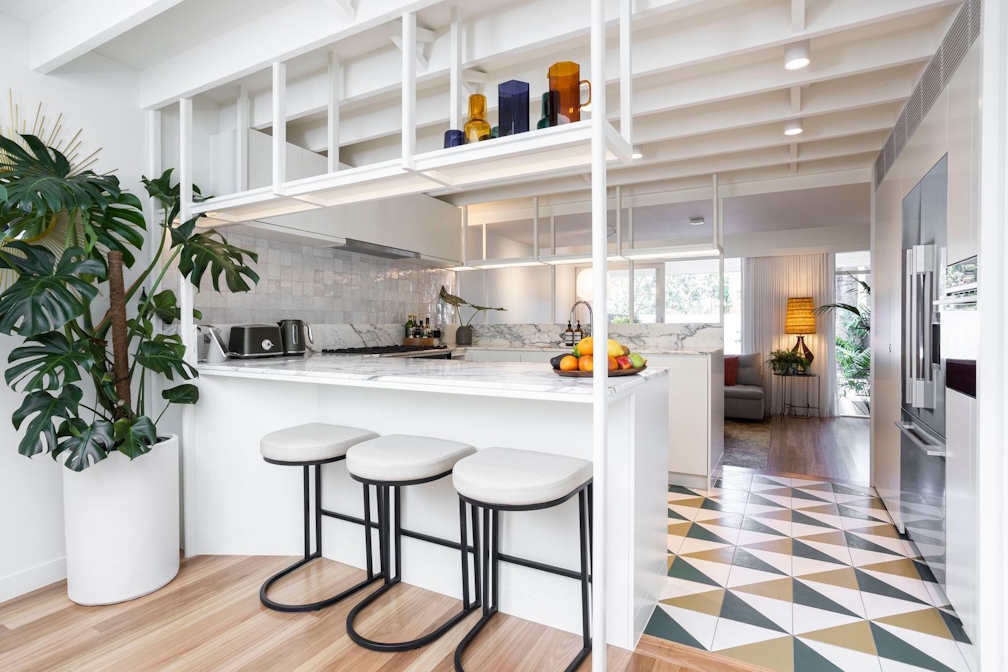Why is it so hard for everyone to have a house in Australia?
- Written by Ehsan Noroozinejad, Senior Researcher, Urban Transformations Research Centre, Western Sydney University

Home ownership[1] in Australia was once regarded as proof of success in life. However, it remains elusive for many people[2] today.
Prices have soared beyond wage growth, rents keep rising, and even some well-intentioned government initiatives, including those announced by Labor and the Coalition[3] at their election campaign launches on the weekend, risk driving up demand[4].
What’s gone wrong?
The Grattan Institute[5] says increasing housing supply is essential to maintain price stability over time, but notes we are not making enough progress.
Australia will miss its goal to build 1.2 million new homes[6] within five years if we stick to the current housing policies and construction practices.
Why it’s not working
There is a wide range of reasons why Australia is failing to provide enough housing:
Fragmented policy approach[7]: A national approach involving all levels of government aligning their policies, rules and regulations is needed.
Planning bottlenecks: Some projects face years of delay due to local council regulations and zoning requirements. The Productivity Commission[8] has reported Australia’s planning system has excessive barriers to new projects, including medium-density developments.
Land release delays[9]: State governments are slow to release new land for housing. This is often because of community opposition, political considerations and market dynamics[10]. This results in limited availability, which leads to higher costs for land that can be developed.
Skills shortages[11]: Recent immigration restrictions have worsened the shortage of skilled tradespeople in the residential construction sector.
Demand-side subsidies: Government programs, such as first home buyer grants, help some people buy homes. However, they also make housing less affordable because they can result in increased prices[12].
What could work without raising prices
There are various changes that could be made without necessarily raising prices.
Duplication and logjams could be removed if a national housing strategy was introduced. This should integrate policies and regulations[13] across federal, state and local jurisdictions.
Federal grants and incentives should be tied to states meeting targets for land release, re-zoning permits and streamlined approvals.
Using innovative construction technologies can cut construction time by as much as 50%. These include prefabricated and modular building[14] parts, which are made in factories and later assembled at the construction site.
A government update of land use and zoning permits[15] would make it easier and faster to build medium-density housing near transport and job hubs. This is a quick way to add dwellings without sprawl.
Governments could also offer tax or planning concessions for developments that lock in affordable rents. This would help create stable, long-term rental options.
Learning from other countries
Australia can get ideas for increasing housing supply without raising prices from the experience of other countries.
Through substantial investments in social housing, Finland[16] has significantly reduced homelessness and created stable housing options for families with limited income.
Large-scale prefab public housing originated in Singapore[17] decades ago as a method to accelerate construction timelines and reduce expenses. Prefabrication is only used in 8% of projects[18] in Australia at the moment.
Sweden[20] has adopted advanced modular construction techniques, which result in 80% of homes being built off-site.
Germany[21] employs municipal-led housing associations along with rent controls to maintain price stability and tenant protection.
And in the UK, inclusionary zoning regulations mandate that new developments either contain affordable housing units or contribute to a fund that supports affordable housing in different locations. This helps create diverse housing options in most neighborhoods.
Election promises versus real change
Significant reforms are needed – not election sweeteners. To make genuine progress, we need to invest heavily in modern construction techniques, transform housing approval processes and ensure states promptly release essential land.
The solution requires a coordinated response[22] from federal, state and local governments. This would enable more Australians to obtain homeownership and secure rental options.
Our politicians must avoid short-term promises during elections because these threaten to return us to the destructive pattern of escalating prices and dissatisfied homebuyers. Long-term policy reform is what we need.
References
- ^ Home ownership (immi.homeaffairs.gov.au)
- ^ many people (www.equifax.com.au)
- ^ Labor and the Coalition (theconversation.com)
- ^ driving up demand (theconversation.com)
- ^ The Grattan Institute (grattan.edu.au)
- ^ 1.2 million new homes (treasury.gov.au)
- ^ Fragmented policy approach (thepolicymaker.jmi.org.au)
- ^ The Productivity Commission (www.pc.gov.au)
- ^ Land release delays (www.ahuri.edu.au)
- ^ market dynamics (alga.com.au)
- ^ Skills shortages (hia.com.au)
- ^ increased prices (theconversation.com)
- ^ integrate policies and regulations (thepolicymaker.jmi.org.au)
- ^ modular building (theconversation.com)
- ^ land use and zoning permits (www.allens.com.au)
- ^ Finland (pulitzercenter.org)
- ^ Singapore (www.hdb.gov.sg)
- ^ 8% of projects (www.abc.net.au)
- ^ brizmaker/Shutterstock (www.shutterstock.com)
- ^ Sweden (architizer.com)
- ^ Germany (www.brookings.edu)
- ^ coordinated response (theconversation.com)
Read more https://theconversation.com/why-is-it-so-hard-for-everyone-to-have-a-house-in-australia-254464

















